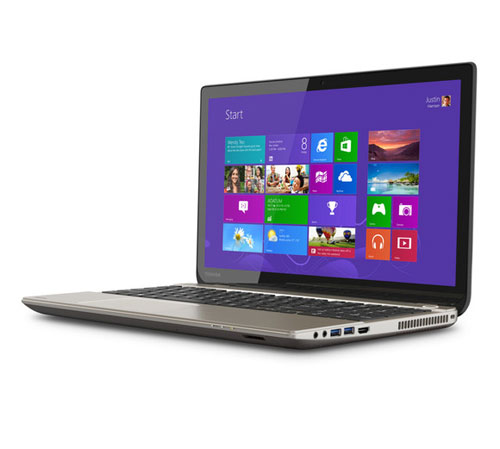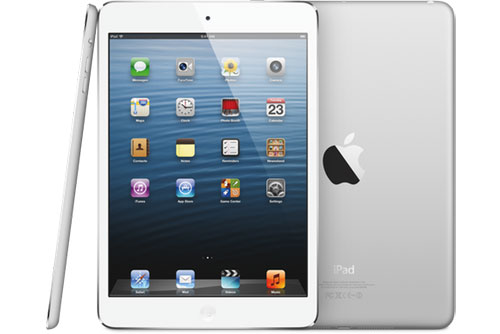Wireless broadband subscriptions now outnumber people in seven countries as consumers continue to snap up smartphones and tablets, according to a new report.
Finland, Australia, Japan, Sweden, Denmark, South Korea and the U.S. had wireless broadband penetration of more than 100 percent as of December 2013, the Organization for Economic Cooperation and Development said Tuesday. That means there was more than one wireless broadband subscription per person, usually because consumers have more than one mobile device that can go online. The U.S. just barely crossed the bar, while Finland led the group with more than 123 percent penetration.
Across all 37 OECD countries, wireless broadband penetration rose to 72.4 percent as total subscriptions grew 14.6 percent. The group spans North America, Australia, New Zealand, and much of Europe, as well as Japan, South Korea, Turkey, Israel, Mexico and Chile. It’s sometimes treated as a barometer of the developed world.
Wired broadband subscriptions also grew in 2013, reaching an average of 27 percent penetration. That means there was just over one wired subscription per four people: Wired broadband services, such as cable and DSL (digital subscriber line), typically are shared. Switzerland led in that category with 44.9 percent penetration, followed by the Netherlands and Denmark. The U.S. had just under 30 wired subscriptions per 100 people, while Turkey came in last with just over 11.
DSL still makes up a majority of wired broadband subscriptions, at 51.5 percent, followed by cable with 31.2 percent. Fiber-optic grew to a 16.7 percent share, gradually replacing DSL services. Fiber more than doubled its share of the market in the U.K. and also gained strongly in Spain, Turkey and France. While those countries still have relatively low fiber penetration, Japan and Korea continued to lead the OECD for that technology. Nearly 70 percent of all wired broadband in Japan goes over fiber, and almost 65 percent in Korea.
The OECD has compiled some of its broadband statistics on a portal page. For all the technologies it tracks, the group uses a generous definition of broadband as a service capable of at least 256K bits per second downstream.
Source: www.pcworld.com









